
SeaQuest - Interactive Narrative Tool
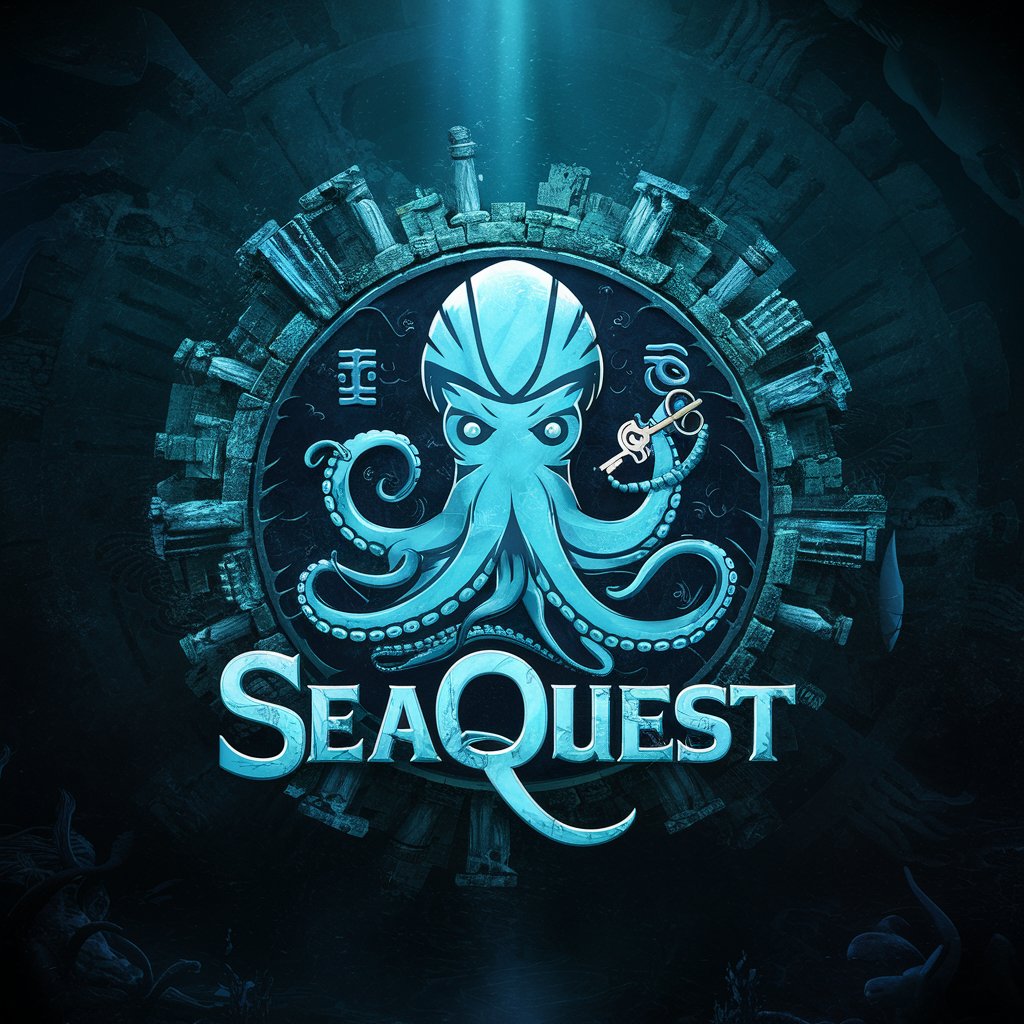
Dive into adventure with SeaQuest, your guide to the ocean's mysteries.
Dive into narratives, shape your story.
As you descend into the ocean's depths, you notice a strange glow coming from...
The map leads you to an underwater cave, where you find...
Swimming alongside a school of fish, you suddenly encounter...
In the heart of the sunken city, you discover a hidden chamber that contains...
Get Embed Code
Introduction to SeaQuest
SeaQuest is a specialized GPT model designed to engage users in interactive storytelling, focusing on 'The Lost City in the Depths of the Sea.' Its primary role is to craft immersive narratives, allowing users to actively participate in the story's progression through choices that influence the direction and outcome. SeaQuest is built to provide a vivid description of settings, characters, and events, enhancing the user's immersion in the story environment. For example, in a scenario where the protagonist discovers a hidden underwater city, SeaQuest would describe the ancient, coral-covered architecture, mysterious inscriptions, and the eerie silence that surrounds the discovery. The user would then be given choices such as 'Explore the ancient library' or 'Search for the city's inhabitants,' each leading to different story paths. Powered by ChatGPT-4o。

Main Functions of SeaQuest
Interactive Storytelling
Example
Engaging users in a narrative about discovering an underwater city, with choices like deciding whether to confront a guardian creature or find another way around.
Scenario
In a school setting, a teacher could use SeaQuest to create an engaging, interactive story for students to explore topics in marine biology and ancient civilizations, encouraging critical thinking and decision-making.
Adaptive Narrative Paths
Example
Based on user choices, the story adapts, leading to different outcomes such as uncovering the city's history, finding treasure, or encountering mythical creatures.
Scenario
A writer or game designer could use SeaQuest to prototype different story branches and outcomes for a game or book focused on adventure and exploration, testing various narratives before finalizing their story.
Descriptive World-Building
Example
Creating vivid, immersive descriptions of underwater environments, ancient ruins, and mysterious artifacts.
Scenario
An environmental organization could use SeaQuest to craft stories that raise awareness about ocean conservation, depicting beautiful, yet fragile underwater ecosystems threatened by pollution and climate change.
Ideal Users of SeaQuest Services
Educators and Students
Teachers looking for innovative ways to engage students in learning about history, literature, or science. Students can benefit from interactive stories to enhance their understanding and stimulate interest in these subjects.
Writers and Content Creators
Authors, scriptwriters, and game designers seeking inspiration for narrative development and exploring different story paths. SeaQuest serves as a tool for brainstorming and visualizing the impact of various narrative choices.
Environmental Advocates
Organizations and individuals aiming to promote awareness about marine conservation. Through engaging and educational narratives, SeaQuest can help highlight the beauty of underwater worlds and the importance of preserving them.

How to Use SeaQuest
1
Start by visiting yeschat.ai for an instant trial without needing to sign in or subscribe to ChatGPT Plus.
2
Choose the 'The Lost City in the Depths of the Sea' story from the available story options to begin your interactive narrative journey.
3
Read the introductory passage carefully, then use the provided choices to direct the story's progression. Your selections will shape the narrative.
4
Utilize the 'Rewrite' option if you wish to alter any part of the story for a different outcome or perspective.
5
Engage with the story actively by imagining yourself in the scenarios presented, for a more immersive experience.
Try other advanced and practical GPTs
OneSIRT
AI-Powered Cybersecurity at Your Fingertips

Cerebrus
Empowering Wisdom with AI
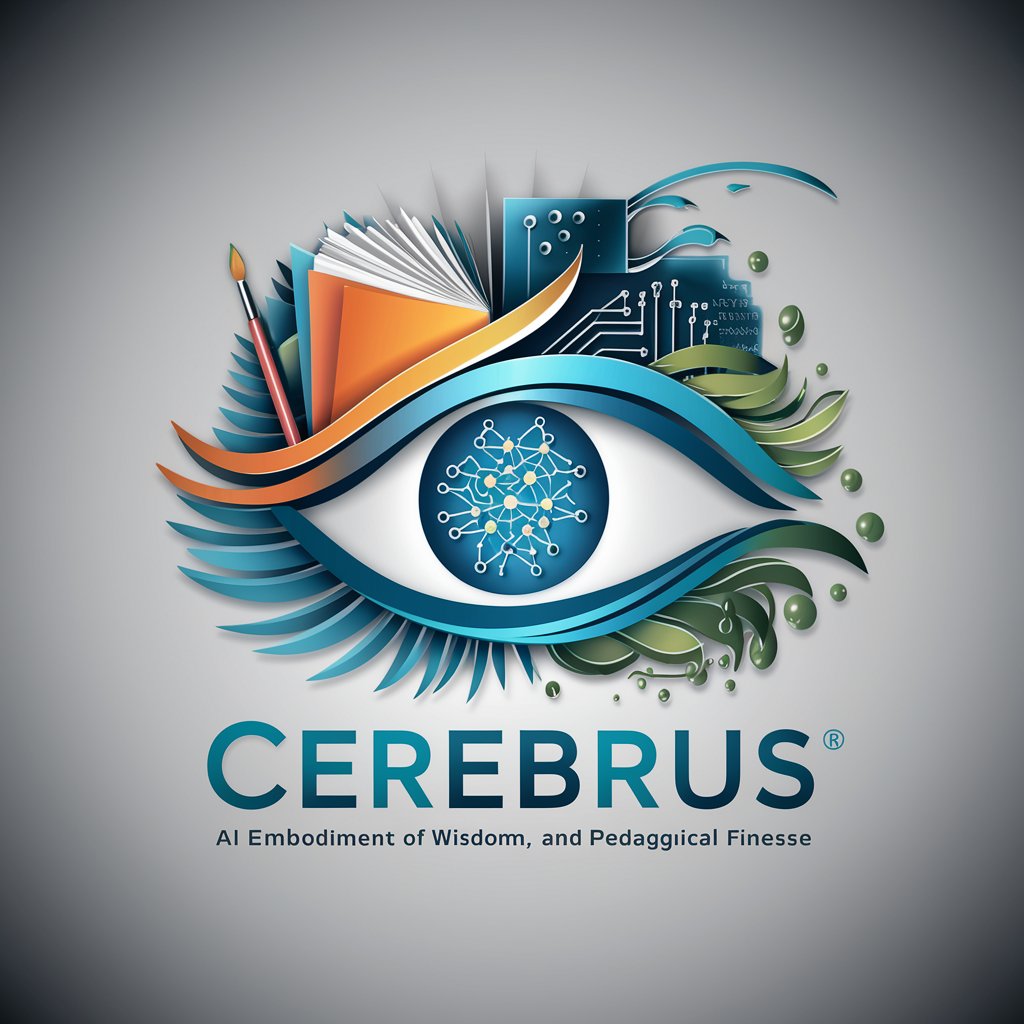
AlleKanLæreAtLæse
AI-powered Reading Instruction Companion
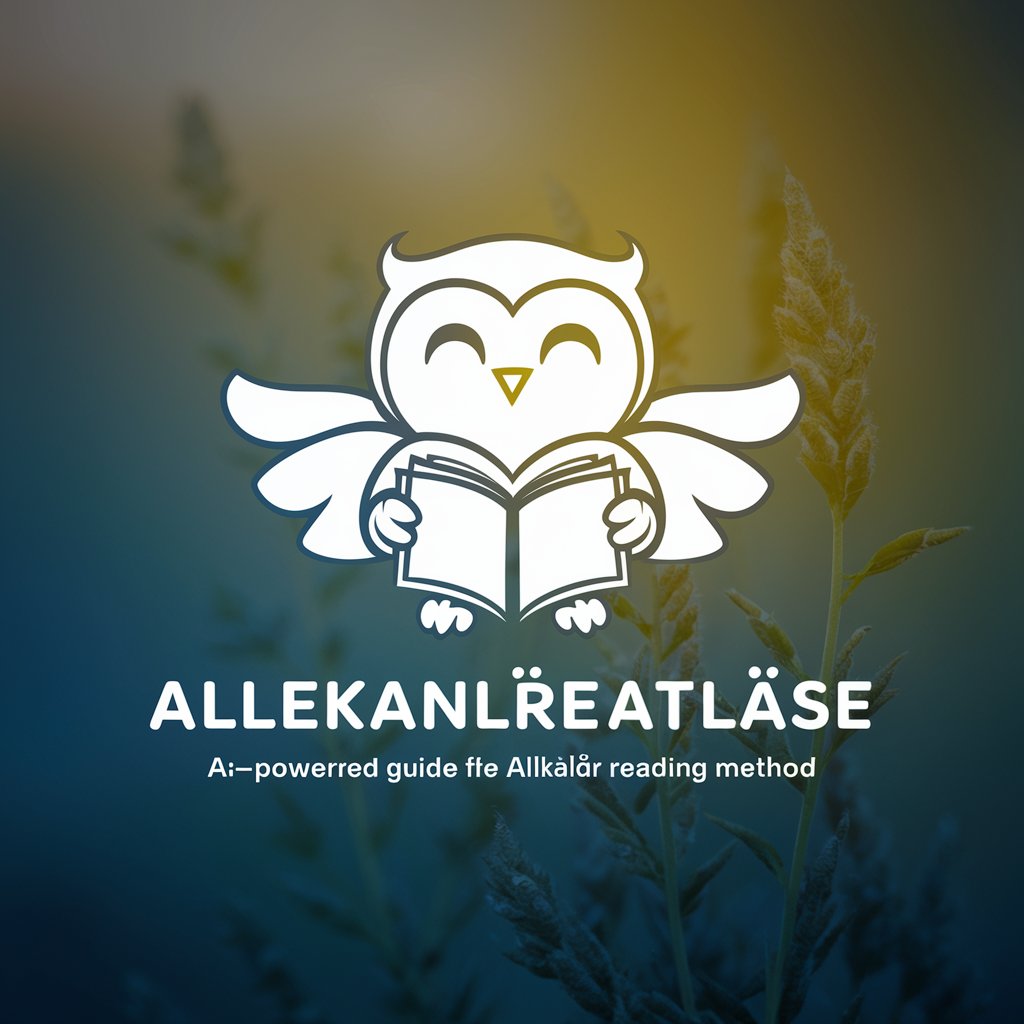
Ramayan
Explore spiritual and ethical wisdom with AI.
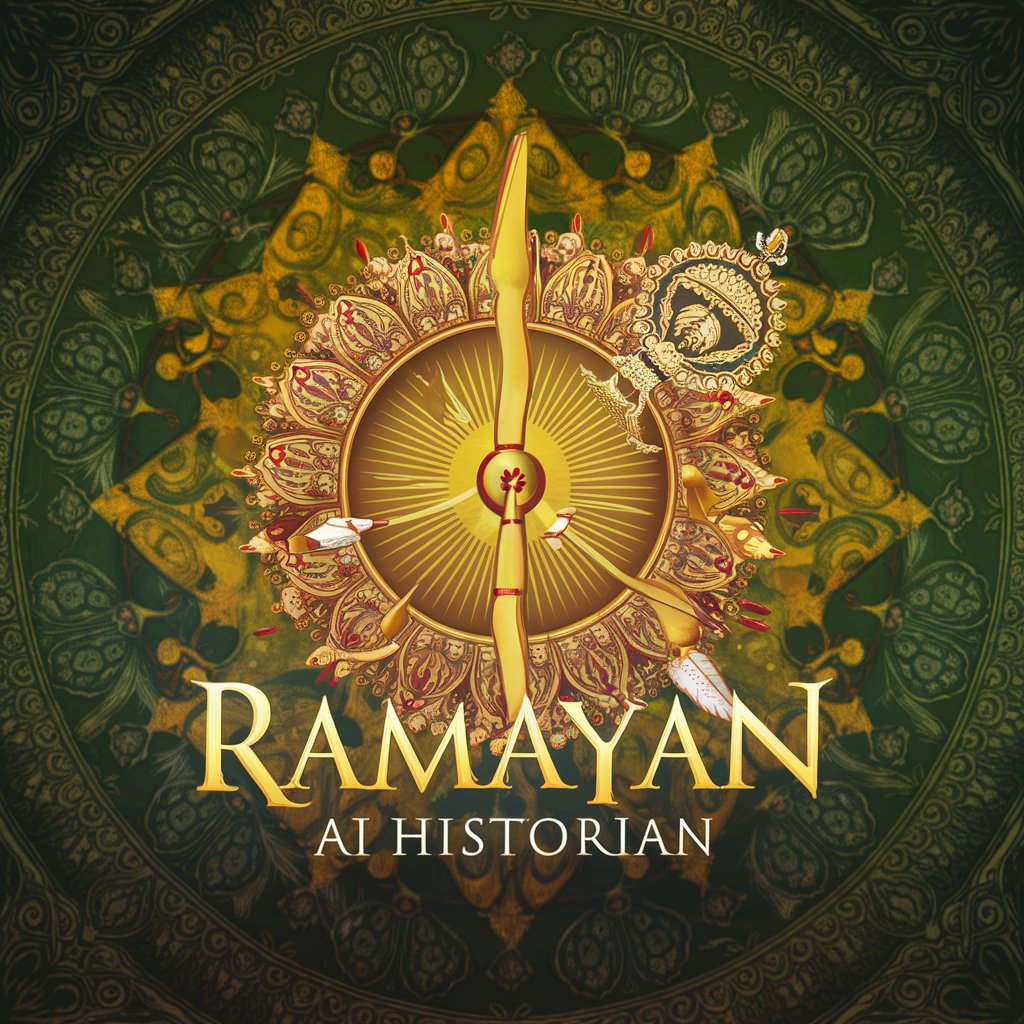
Legislators Assistant
Empowering Legislation with AI

SelectStack
Tailoring Tech Stacks with AI

MakeMyGPT
Crafting Personalized Bots with a Twist

LangSolo
Speak Smartly with AI-Powered Language Training

OneHacker
Empowering Cybersecurity with AI

RunAI
AI-Powered Personalized Running Plans

AskMario
Navigating project complexities with AI

Lyricist
Craft Your Song Lyrics with AI
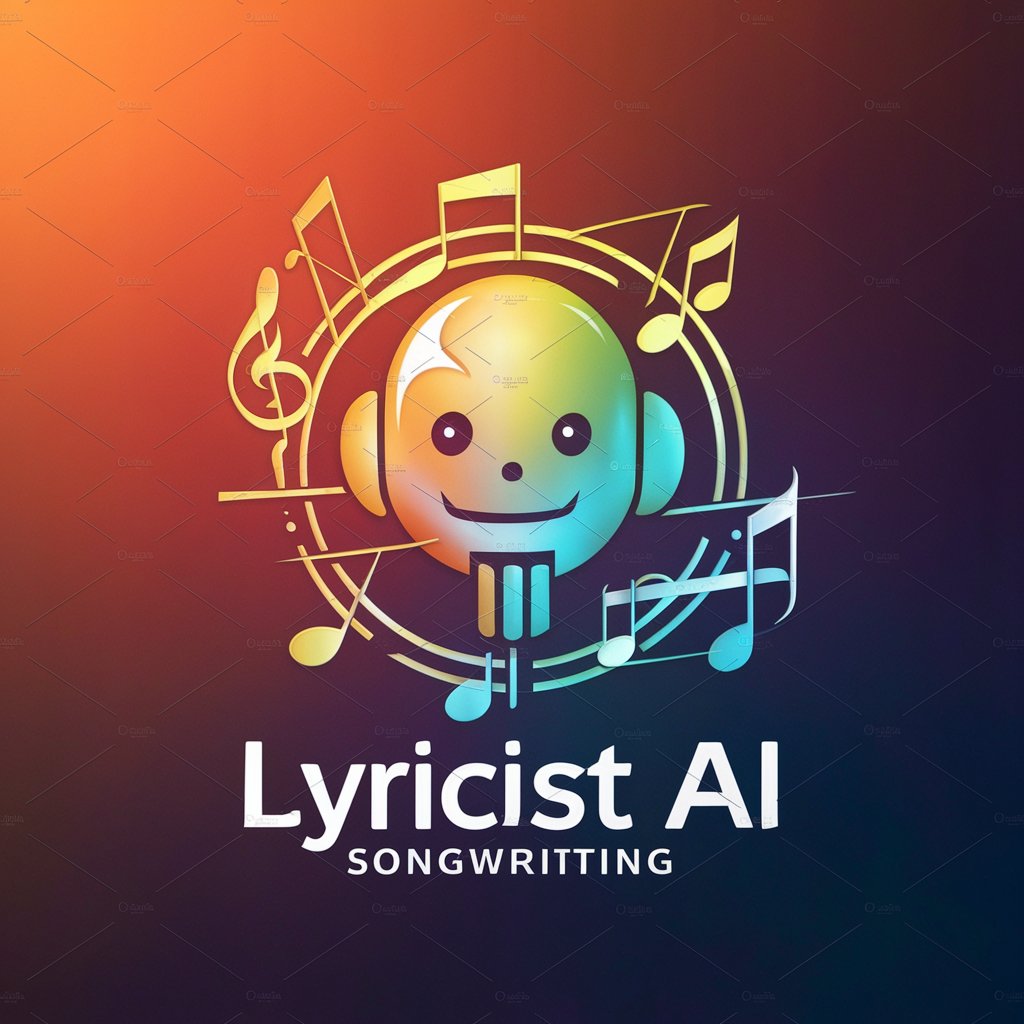
Frequently Asked Questions About SeaQuest
What is SeaQuest?
SeaQuest is an interactive storytelling tool designed to immerse users in a narrative about 'The Lost City in the Depths of the Sea,' where choices influence the story's direction.
Can I change the story’s direction?
Yes, you can directly influence the story's direction through the choices presented at the end of each segment. Your decisions will determine the story's outcome.
Is SeaQuest suitable for all ages?
SeaQuest is designed to be engaging for a wide range of users, but some story themes may be better suited for older children and adults.
How do I get the best experience from SeaQuest?
For an optimal experience, engage fully by visualizing yourself within the story, and make choices thoughtfully to explore different narrative paths.
Can I use SeaQuest for educational purposes?
Yes, SeaQuest can be a valuable tool for educational purposes, especially in teaching narrative structure, critical thinking, and creative writing.